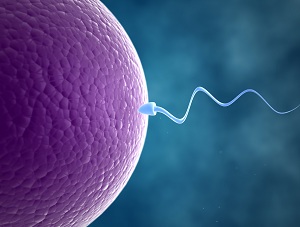For the first time, researchers have created artificial embryos without using gametes. Instead, they used mouse stem cells, modeled to create a structure similar to that of blastocysts. The study does not aim to replace natural conception. Rather, artificial embryos will help to better understand the causes of infertility.
The main author of the study is Nicolas Rivron, biologist and engineer at Maastricht University in the Netherlands. It was he who explained how they moved from stem cells to an embryo in the early stages of development.
The researchers used two types of stem cells: trophoblasts and embryonic stem cells. From the first comes the placenta and from the second comes the embryo itself. The scholars have succeeded in organizing these two types of stem cells, so that they formed a proto-embryo. At this point, they implanted everything in the belly of a guinea pig. The proto-embryo was implanted and continued with its development.
The procedure allowed researchers to observe the very early stages of embryonic development. Although at this stage many women do not know they are pregnant, what happens to them is essential for the correct implantation of the embryo. A minimal anomaly is enough to prevent the implantation. It is therefore important to understand as much as possible the dynamics that allow the embryo to develop properly.
What is the use of which anomalies prevent the system? For example, it serves to improve in vitro fertilization techniques, making them more effective and efficient. It also serves to identify anomalies that, if not addressed, could turn into diseases later in life. The possible applications of a study like this are very numerous and range from IVF to contraception.
Source: medicaldaily.com



